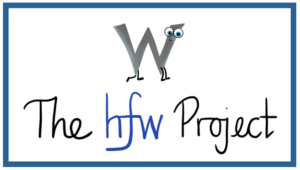
Introducing
The High Frequency Word Project
We can use word inquiries to study high frequency words just as well as other words. Engaging with meaning and hearing a story about a word’s origins only deepens the connections needed to help children learn and remember each spelling. From there we can analyze and practice the phoneme-grapheme relationships, offering a more complete picture of these often misunderstood words. To learn more about this collaboration with Fiona Hamilton of wordtorque.com, click HERE…
TEACHING REAL SCRIPT – Available on-demand
Learn to teach Real Script in this online course, available at your convenience. Read more about this beautiful script and the course HERE…
What is SWI?
Structured Word Inquiry (Bowers and Kirby, 2010) is a way of working with language to show that spelling makes sense. In fact, our spelling system is so logical and well-ordered that it can be investigated and understood through scientific inquiry.
We all know that “sound it out” only works part of the time. This means that it is not a reliable method for determining the spelling of a word. Instead, when using SWI, we start by asking, “What does the word mean?”
Homophone pairs are some of the words that make us think English is a confusing and frustrating language to spell. If we start by thinking about what a word means, we may find that we already have the information we need to understand a spelling.
(Click here to read more…)











